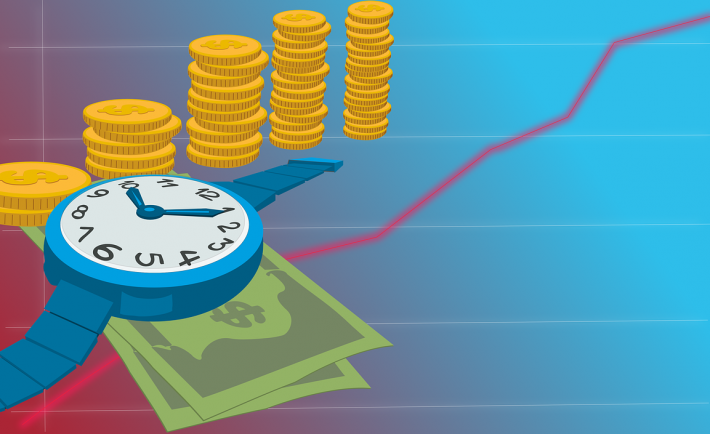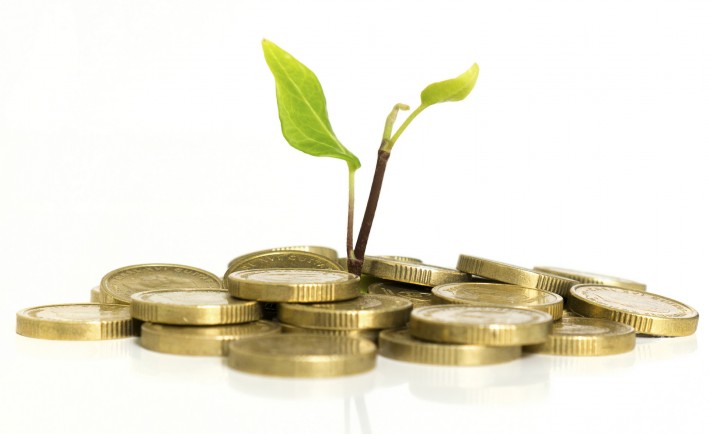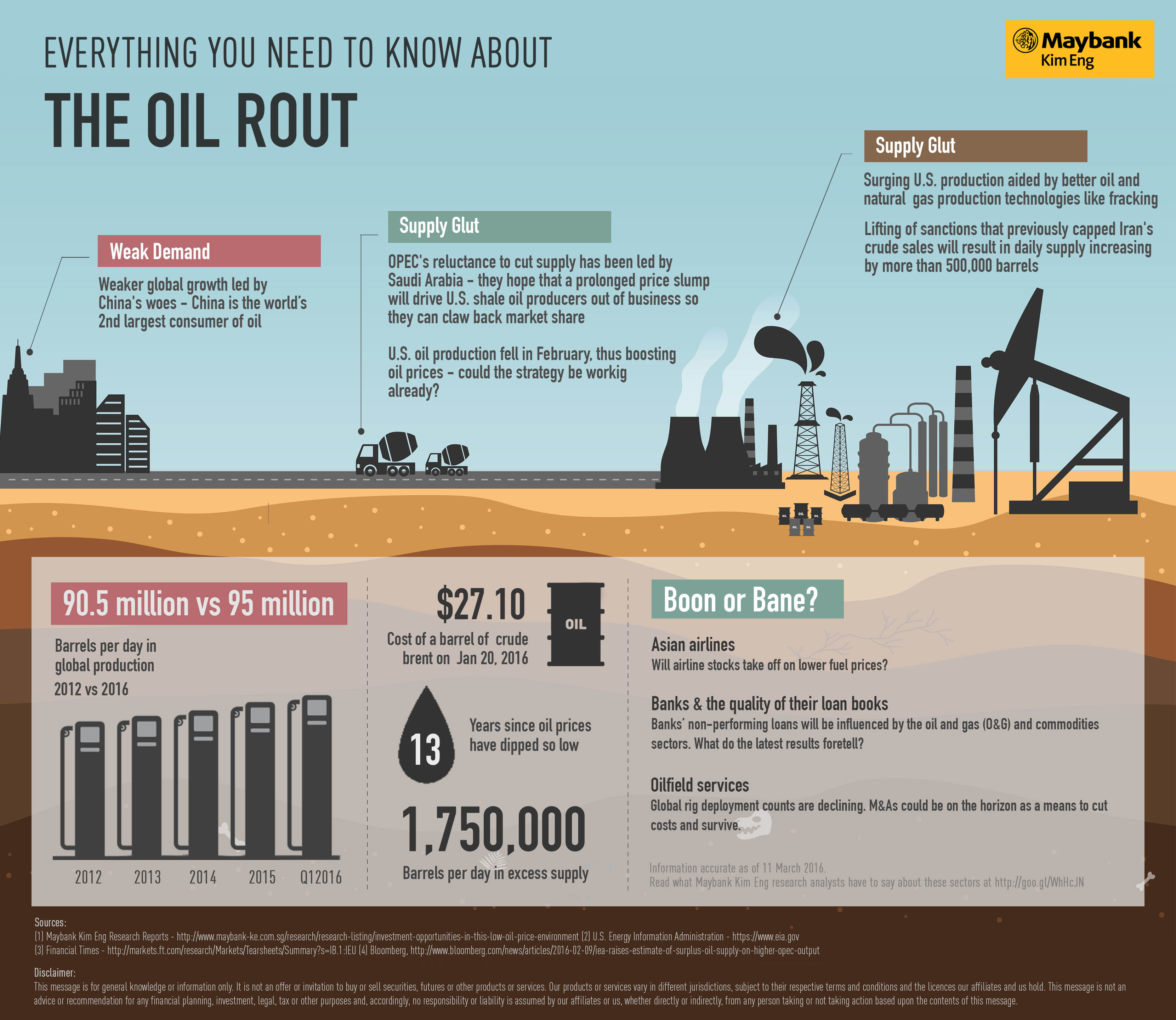Since land is scarce in our country, properties had always been a go-to investment option for many. The majority of these investors have strategies limited to purchasing, reselling, and renting flats or condominiums. While others consider other options such as the Real Estate Investment Trust (REIT).
REITs allow the investor to have a professionally managed portfolio of properties by purchasing a publicly traded investment product. Investors of REITs purchase units of the trust similar to shares of a common stock.
But no matter what type of property you purchase, here are 4 Don’ts Of Real Estate Investing to help you on your journey…
1. DO NOT FORGET TO IDENTIFY YOUR GOALS
Before committing to a property or even a property visit, it is important to understand what you want to achieve from investing on real estate. Be on a peaceful place where you can think carefully about your goals for the long-run.
You must have a transparent idea of your existing income, current expenses, and outstanding loans before diving into another complex route. Also, you must identify your budget and type of risk you are comfortable with.
2. DO NOT GO WITHOUT RESEARCHING
After identifying your financial circumstance and your investment goals, you must do your research on real estate investments in order to be sure that it is worth your money. For example, a two-bedroom HDB flat can cost about S$250,000. That is a huge sum of money you may be willing to risk if you are serious in property investing. The risks only increase when the investor does not understand how the property market works or when and where to invest. Hurrying up without analyzing the situation thoroughly can only bring about more damage (e.g., bankruptcy) than good.
So if you lack sufficient knowledge, seek advice from a financial consultant or other professional advisers. And when you find the “right property”, ensure that you keep your expectations realistic and keep your finances in tact.
3. DO NOT EXPECT TO BE A MILLIONAIRE QUICKLY
Do not fall into the trap that some real estate investors set – offering you properties for small amounts of cash with higher returns. These “undervalued assets or profitable investment opportunities” are mostly likely unsold overseas property projects. You see, real estate investors usually do not offer “jackpot” properties to complete strangers. They only invest with the people they know well.
There are no shortcuts to success on real estate investments! In fact, you must allot a long period of time on finding a property in a decent location, building a good relationship with the tenants, and maintaining the condition of the property. Time that may not be in the good side of most.
4. DO NOT PURCHASE A PROPERTY WITHOUT VISITING IT
In support of your in-depth research, you must drive to the property itself before signing any contracts. There are a number of reputable realtors and agents who can give you feedback about certain properties but you must follow your own instinct in the end.
There are no shortcuts to success on real estate investments! In fact, you must allot a long period of time on finding a property in a decent location, building a good relationship with the tenants, and maintaining the condition of the property. Time that may not be in the good side of most.








